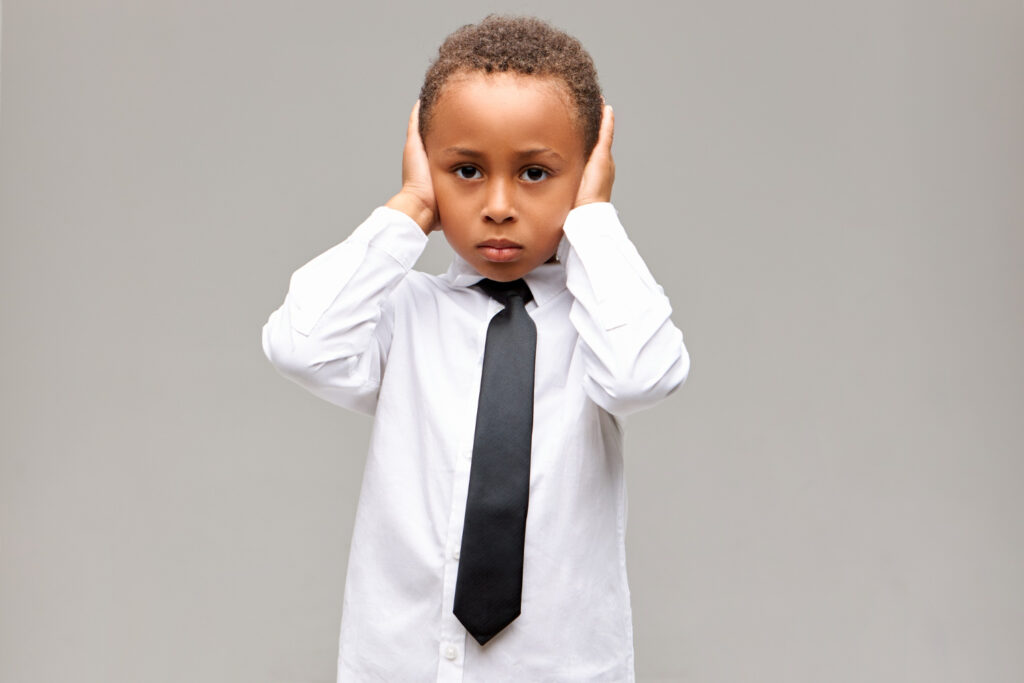What to do when your child has ear pain
Most parents cannot diagnose the source of their child’s ear pain, especially in the middle of the night. Even doctors with their overused portable otoscope, (the instrument used to examine ears), may find it a difficult task to diagnose their children at home. However, there are ways to manage ear pain regardless of the cause.
Good pain relievers such as acetaminophen or ibuprofen treat pain from any source. This includes ear pain. Making the pain go away does not disturb any findings from a physical examination. So, parents are advised to ease their child’s sorrow by administering painkillers before going to a doctor. This being said, sentiments such as this: “We didn’t give him any pain medicine because we wanted you to see how much his ear is hurting him” should be avoided.
What to do when your child has ear pain
Applying heat by using a warm wet compress or a heating pad can also help. Changing your child’s position helps too. Prop your child upright. If the pain is from an ear infection, this position will relieve the pressure. Another thing to do is distract the child. Distractions such as a 2:00 AM episode of their favorite cartoon can also blunt pain.
Fewer than half of all patients seen in pediatric offices with ear pain, or “otalgia,” actually have a classic middle ear infection. Sometimes kids with a cold virus get this pain that comes and goes. Perhaps from the general congestion in their sinuses and nose. Pain can originate from many sources, including the outer part of the ear. Swimmer’s ear, which is an outer ear infection, is treated differently than a middle ear “inside” infection. Nearby body parts can also produce pain. Throat infections (pharyngitis), from strep throat or viruses, often cause pain in the ears. Even pain from jaw joint strain and dental issues can show up as this pain.
No discussion on this topic would be complete without addressing “ear pulling.” Many babies by nine months of age discover their ears and then play with them simply because they stick out. Babies often pull on their ears when they are tired. Therefore, pulling on ears alone may not indicate an ear infection, especially if not coupled with other symptoms.
Although ear infections are one of the most common ailments of childhood, and most children have at least one ear infection by age three, remember that not all ear pain is caused by ear infections. Give your child pain relief in the middle of the night, and even in the middle of the day, before contacting your child’s health care provider.

